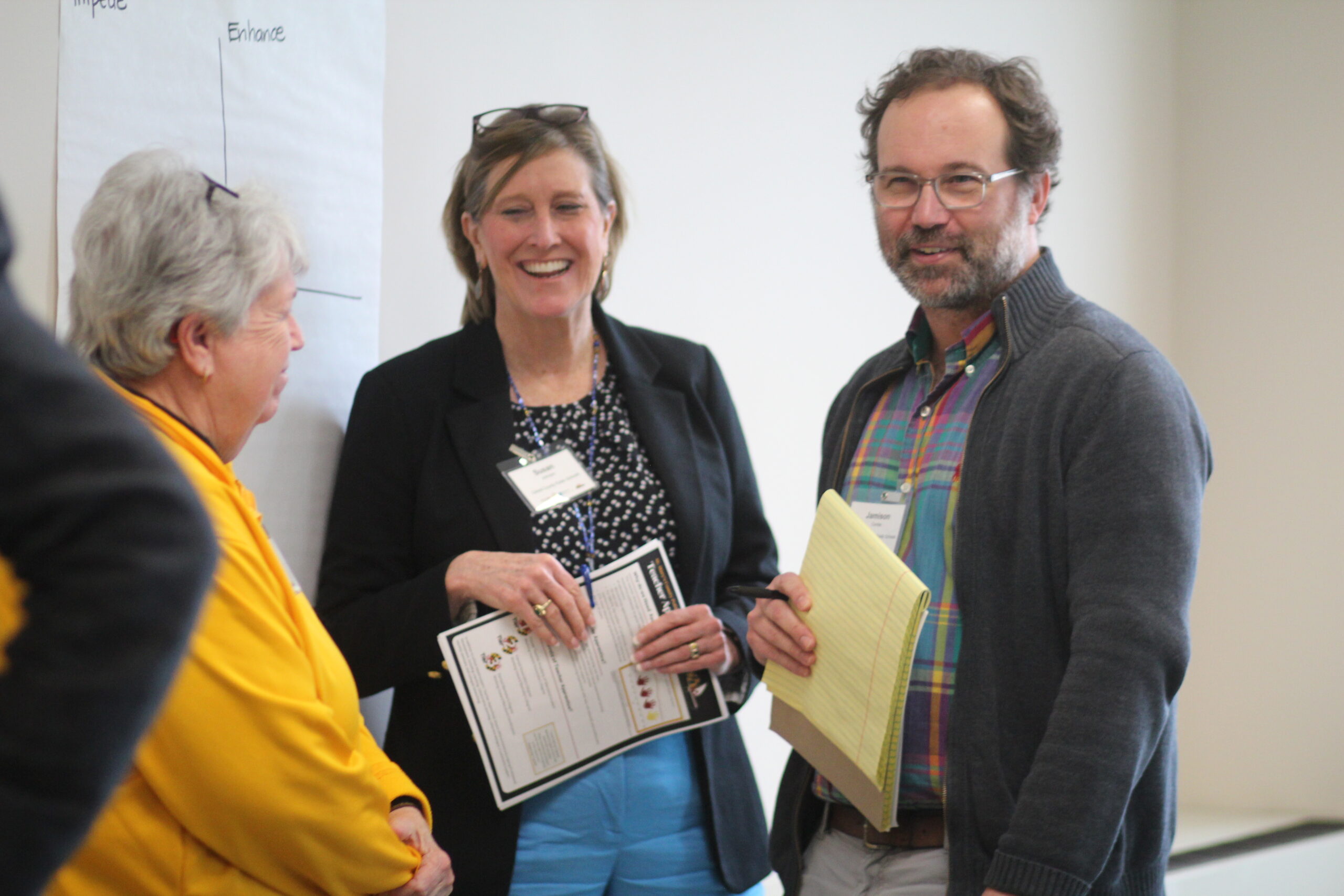
While U.S. districts are very focused on how to use the summer to address pandemic-related learning loss specifically, there are still long-standing concerns about the “summer learning slide” due to the long break from school, especially for disadvantaged students who often do not have access to the learning opportunities that their more advantaged peers have during the school break. In addition to efforts to expand tutoring and enrichment programming to create more equitable opportunities for students, it might be instructive to reconsider how school breaks are scheduled. In Singapore, for example, the break between school years is much shorter than in most U.S. districts, and the time off from school is more evenly distributed throughout the year.
The disruption of the pandemic provides an opportunity to rethink how school is scheduled and the kind of learning opportunities offered to students both inside and outside of school hours to best serve students. For more on how Singapore organizes schools, see NCEE’s profile of Singapore’s education system.
*USA: School schedules vary by state and school district. This chart represents the 2022-23 school calendars for 4 large school districts across the U.S. with similar schedules. In general, U.S. summer breaks last between 8-11 weeks, with other breaks varying between 5-8 weeks. Most states have a minimum school day requirement of 180 days which leaves about 16 weeks available for breaks. (Source: NCES Digest of Education Statistics, Table 1.1)
** Singapore: Singapore’s school year begins in January and runs through the middle of November. The longest break, represented in blue in this chart, is a 6 week winter break between school years. As this break falls between school years and is the longest break of the year, we compare it to the summer break of U.S. school districts. (Source: https://www.moe.gov.sg/calendar)




